So we decided to take a little detour up the Loire Valley to sample some wine, which Susana is writing about, and to take in some Chateaux.
Bridge over the Loire and one of our first tourist information office stops at Saumur.
There are literally hundreds of chateaux in the Loire Valley. We know this because one of the many Tourist Information Offices we stopped at gave us a map. They are everywhere!. You could literally spend a month or two visiting them all and still not finish. And if you did this, you wouldn’t get bored of them, believe me, as they are so different. So the first question was which one to choose. Our first came as a direct recommendation from the young lady at the office, the other two came from the Telegraph newspaper website.
Azar Le Rideau
This chateau is set in a small village which luckily had an aire, so we were able to stay the night before the visit. We had to get some bread and so visited the local boulangerie. It was late and the bread was like stone. That is the impact of no preservatives, you have to eat the bread as it is being taken from the oven, otherwise it gets stale. Another thumbs up for Lidl, freshly baked bread throughout the day.
The village was very cute, little cobbled streets, a small town square with locals spilling out onto the pavements.
The next morning was our visit to the Chateau. It was a weekend and so quite busy, the weather was a bit miserable, dampness was in the air and it felt like rain.
This is a quintessential Chateau, exactly what you expect one to be like. We were pleased we had followed the recommendation. It was also run by the government, many are now in private ownership. We grabbed an audio tour, we always do. We really enjoyed them during our trip to India as they bring the buildings to life. We had also found that many of the wall texts were not translated into English or Spanish.
We really loved the open staircase, windows without glass, although it must have been damn cold in the winters!
I am not, however a great fan of all the decoration. Yes, you can admire the craftsmanship, but really difficult to clean, and so easy to damage!
Susana and I have had really long discussion around conservation. I am intrigued to know what informs the renovators of what period to follow. These buildings have been occupied since the 15th century and have been modified, adapted, added to and partially demolished since then. These adaptations continue; electricity, fire detection and sprinklers have all recently been added.
You get to the chateau via a small bridge. It was built against the river and then the river was eventually redirected around it, we think.
You can see the water here. How fairy tale is that tower?
Not only did the owners use the water for protection, but more romantically, they loved the reflections of the buildings.
Susana really loved the detail of the handrail, carved from stone being an integral part of the wall. I loved it too, more practically, the reason behind it could be that this secure fixing had yet to be developed into stone and therefore, simple hand-rail could not be achieved. Architects still aspire to these such details but these details are phenomenally too expensive.
We were right about the weather, we stepped outside into the rain. The garden is currently undergoing restoration, back to one of those times that some historian has judged to be more important than all the others. It is not, by the way the original design for the building. This would also make no sense as the gardens have been enlarged and major changes have been made to the flow of the river.
Autumn is at last on its way, and with it, the colours that Susana so loves.
After the visit, back to the rive Loire, which has a really impressive scale.
A small antiques market held little interest to us, instead further playing with Susana’s updated IPhone and the panoramic feature.
Can the world cope with four Susanas?
The next day, ever onwards and another Chateau, this one very different, not really a chateau at all, really a castle.
Chateau du Chinon
Chinon is a little town in the heart of wine country. The castle sits on the hill, with the town cascading down to the river. We are actually away from the Loire river here, on a tributary, the Vienne.
Once again, conservation gone mad, not a hint of the modern, trapped in time, some mythical version of yesteryear, where cars replace horse and carts, boats are removed from the river and people no longer use the streets as latrines!
Some countries deal with conservation very differently, accepting the modern, letting it live ‘cheek by jowl’ against the old, accepting that building and towns change over time. Others, the UK is particularly bad at this, create a fictitious past, an idea of what the place used to be about , or more probably, what it should have been about. That idea is always a lie.
But why not, let’s live in a form of Disney. Just a minute while I get off of that soapbox….
Funnily enough, the castle had a much more mature response to conservation. The castle was three parts, one of which pretty much destroyed. Here a modern building, the reception, ticket office and gift shop stood, together with modern balustrades made of corten. Architects love this stuff, pre-rusted steel, just don’t lean up against it!
They also had a much more aggressive approach to presentation. The audio guide was replaced with an IPad, together with a pamphlet that when held next to an exhibit would start a commentary in the appropriate language. Susana’s Spanish pamphlet was more successful than mine, however. Furniture was generally minimum, instead they used lots of projection and sound. Sometimes this worked, sometimes not so good, but they tried.
Much more castle like, with arrow slits and castellation.
Another beautiful day, when will this lovely weather end?
No longer the weekend, and the place was pretty much deserted, very much at the end of the season.
Personally, my knowledge and interest in history is limited, but I love all buildings, looking at how they were constructed and trying to read the archaeology from them.
Amazing views over the river.
Another free night at an Aire, they also spoilt Dora with free electricity and water. She was very happy. So were we, we had no company.
The small village had several small streams flowing through it.
And a large abbey in a very poor state of repair. Amazing gargoyles though.
The next day and our final Chateau around the Loire, before heading back to the coast and Bordeaux.
Chateau Rivau
The landscape around Rivau is big, big fields, big trees, big sky.
This chateau was, again, very different as it was in private ownership and sounded very quirky. The owners had bought it a decade ago and fully renovated it. Of all the Chateaux, this was the most Chateau, the real fairy tale castle. Everyone’s image what chateaux should be like.
But it was not just this that had enticed us here, the owner also had a keen interest in art and had commissioned numerous pieces for the gardens and the house.
Here, French are not celebrating that crass American festival of Halloween, how could you even think that! Notice the oversized mole escaping the vegetable patch. The audio guide said to anticipate a true sensory experience, smell, sight, sound and taste and they were right, we were really going to enjoy this.
Amazing weather, and we were completely alone. We had the Chateau to ourselves and we spent nearly four hours wandering the gardens and the house.
Oversized wellies, very surreal. There was a lot of oversized art here. A quite easy artistic concept, I suppose, let’s question the scale of things. The audio and text was a little pretentious, heaven forbid. The alternative children’s text being a lot more satisfactory. It needs to be simple for me!
Together with the art, the gardens were reviving old species, in particular vines and roses. We have always loved the gnarly quality of old vines, and how they can be trained into amazing shapes, the architect controlling nature.
We were indeed surrounded by amazing colour and scents.
And texture.
A very tame peacock having a dust bath next to the ‘Love Potion’ garden
These amazing legs were strapped to trees, so would very gradually change their position as the trees grew.
They appeared as though they were trying to escape the wood. Very nice.
A very enjoyable day. In the afternoon, we had spotted a walled town that we wanted to explore.
The walled town of Richelieu
Richelieu is a 17th century walled town based around two squares with a rectilinear grid.
The main square.
It is very small and therefore takes just 5 minutes to walk one end to the other. Five streets going north south and five streets going east west, very simple, very pure.
The main street.
I say walled, but actually most of the wall is the back of the houses. These then have fairly traditional back gardens and finally a small canal, which forms the moat.
The back gardens.
There are three access points, two through arches.
One of the entrances.
Richelieu was named after Cardinal Richelieu who built the town together with a Chateau. A bit of an experiment in urban planning you might say. The main street is on the same axis as the Chateau, and although we did not visit the house we did visit the gardens, which were also set out by the same grid as the town.
This is when Susana and I were having this lively discussion about conservation, which has become the sort of theme of this post, somehow.
The gardens.
We had seen several buildings each with their own approach to conservation, but all these buildings were fundamentally for tourists to visit and learn from. Richelieu is a village where people live and work. The rigid planning rules were obviously preventing it from being renovated, but more importantly bought up to modern day standards of healthy living. The place was decidedly run down, with many buildings requiring substantial amounts of work.
However quaint and appealing to a visitor this may be, it is rather like living in squalor for the inhabitant. It is more likely to attract vermin and disease.
It is also not correct to say that interventions made are in keeping with the historic nature of the village, here asphalt has been laid directly on the cobbles.
To renovate and restore such buildings is possible, but not all of the time. Take the market hall, for example. This is made up of large sections of oak, some of which may have been hundreds of years old when it was felled in the 17th century. Parts of the frame have been replaced, but not whole members. Why? It would be impossible to do so. There are no longer these sizes of tree available to chop down. We would have to wait several hundred years before one was big enough for a ‘faithful’ conservation.
Now, what they have done is cut up bits of similar wood scavenged from somewhere else, trying to make them look like the old stuff. I think this is wrong, this is a lie. You should be honest and open about what is old and what is new. You may disagree.
There is nothing wrong about modern intervention, whether it be a building or a material, as long as it is well considered, well designed and fit for purpose.
Maybe what the village needs is some good quality, well designed modern buildings that people want to live in. At the moment it looks like the village is slowly dying.
GR

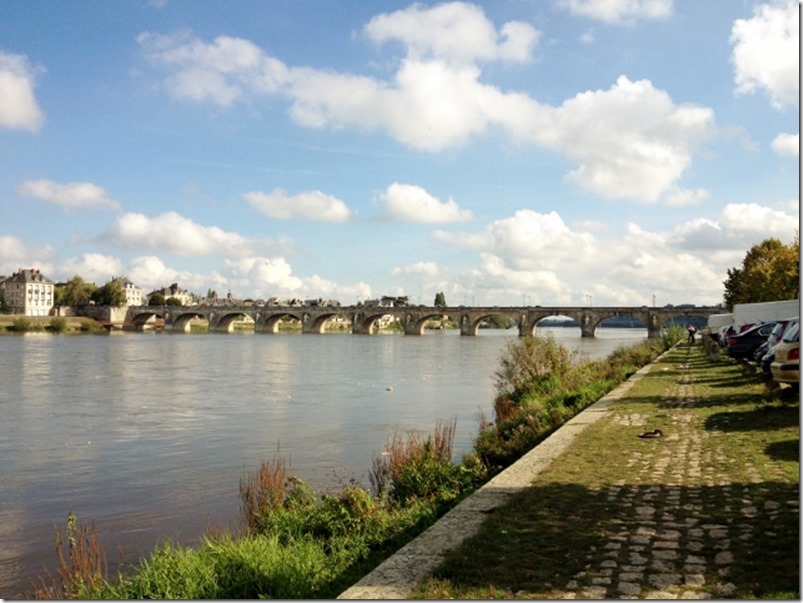
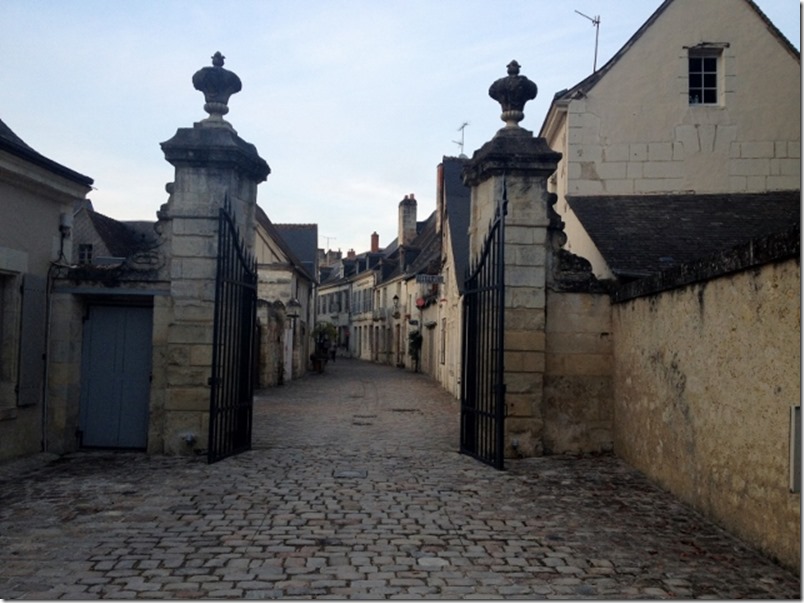
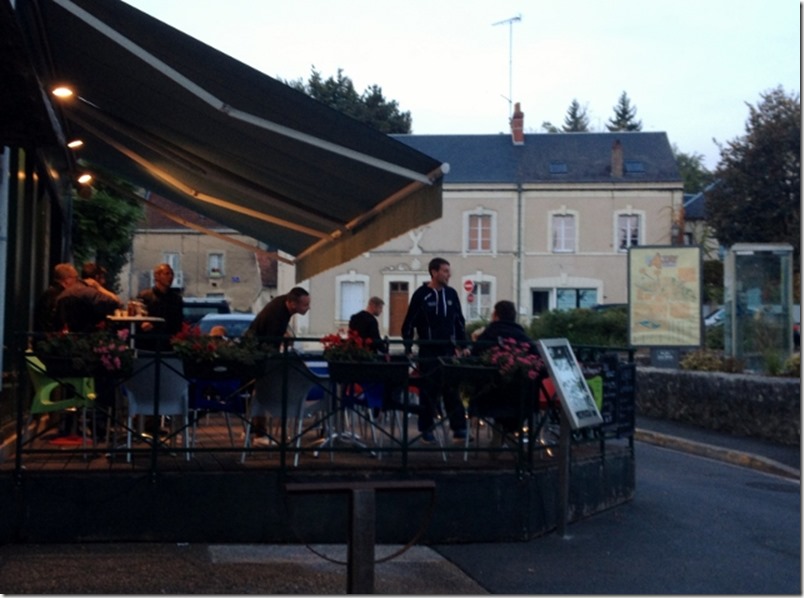
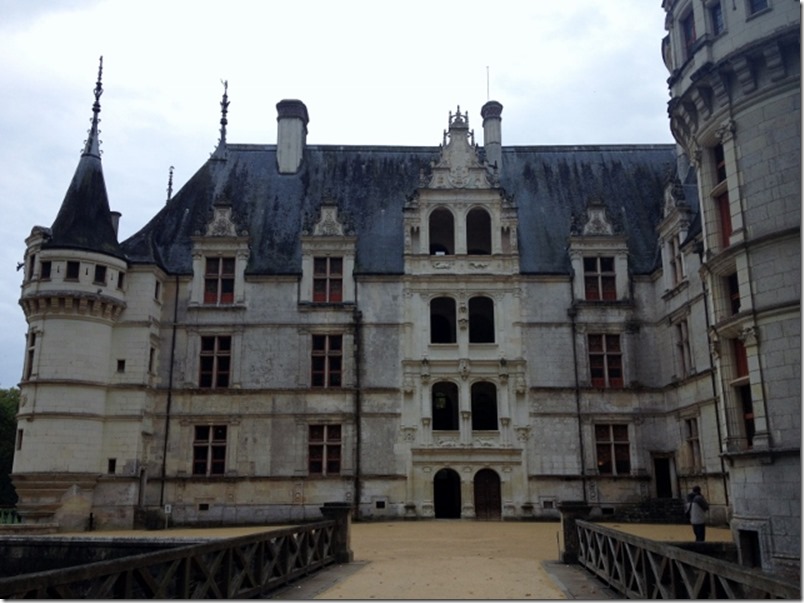
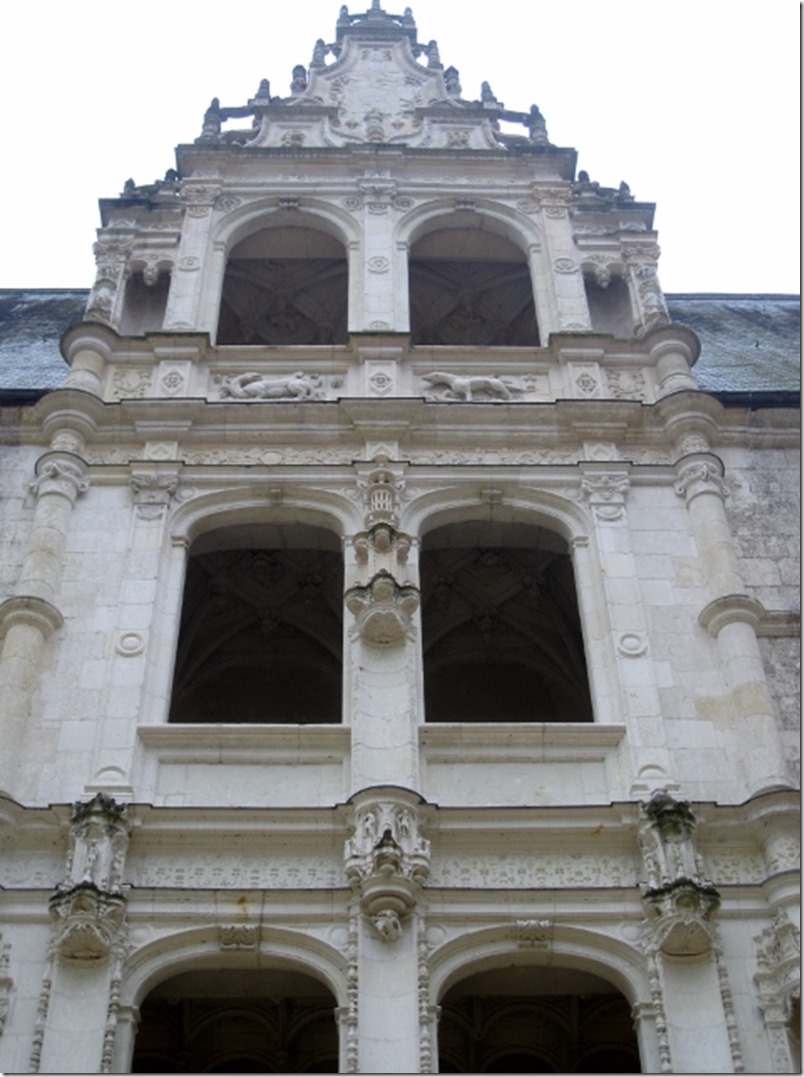
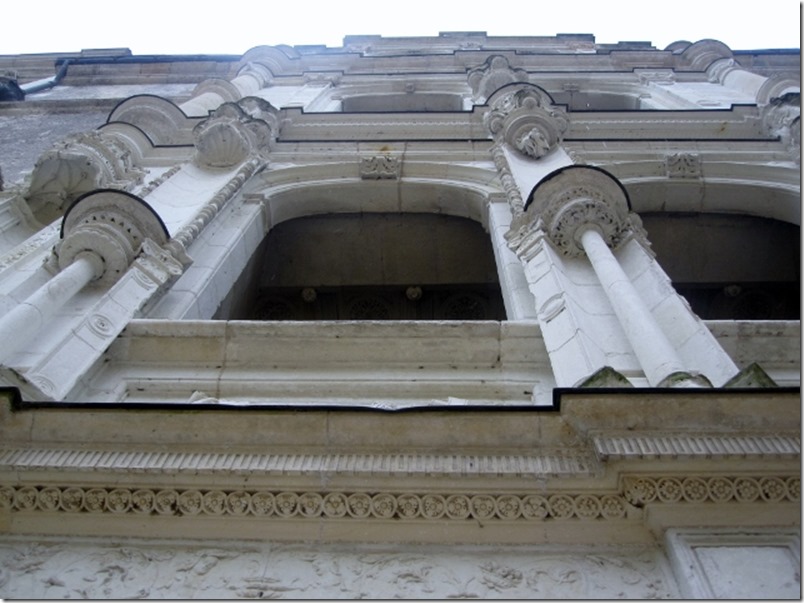
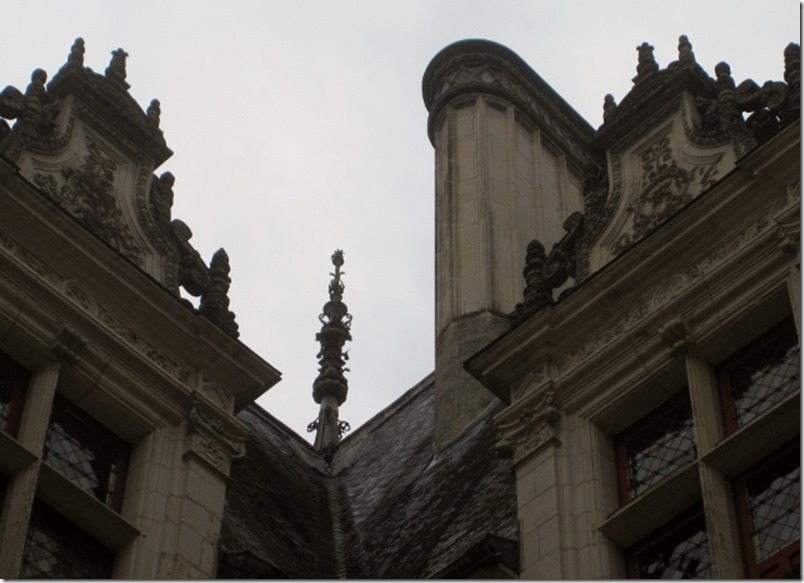
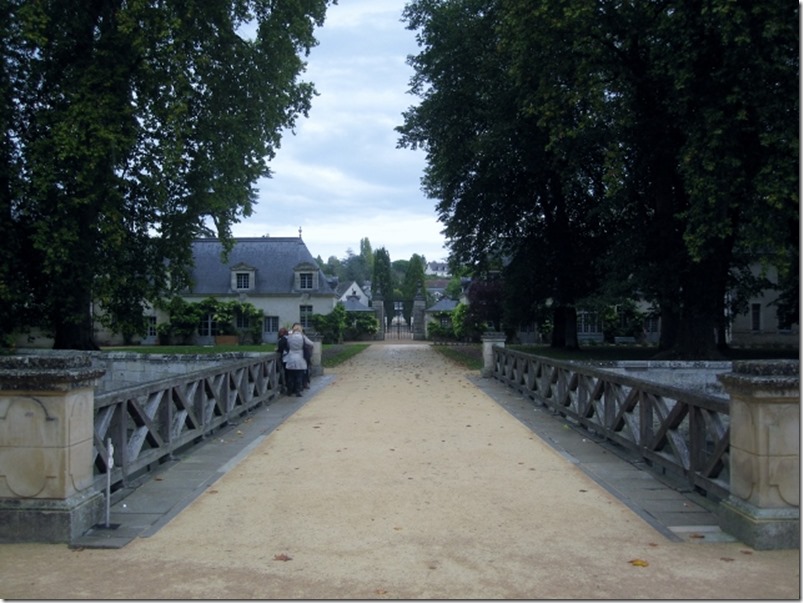
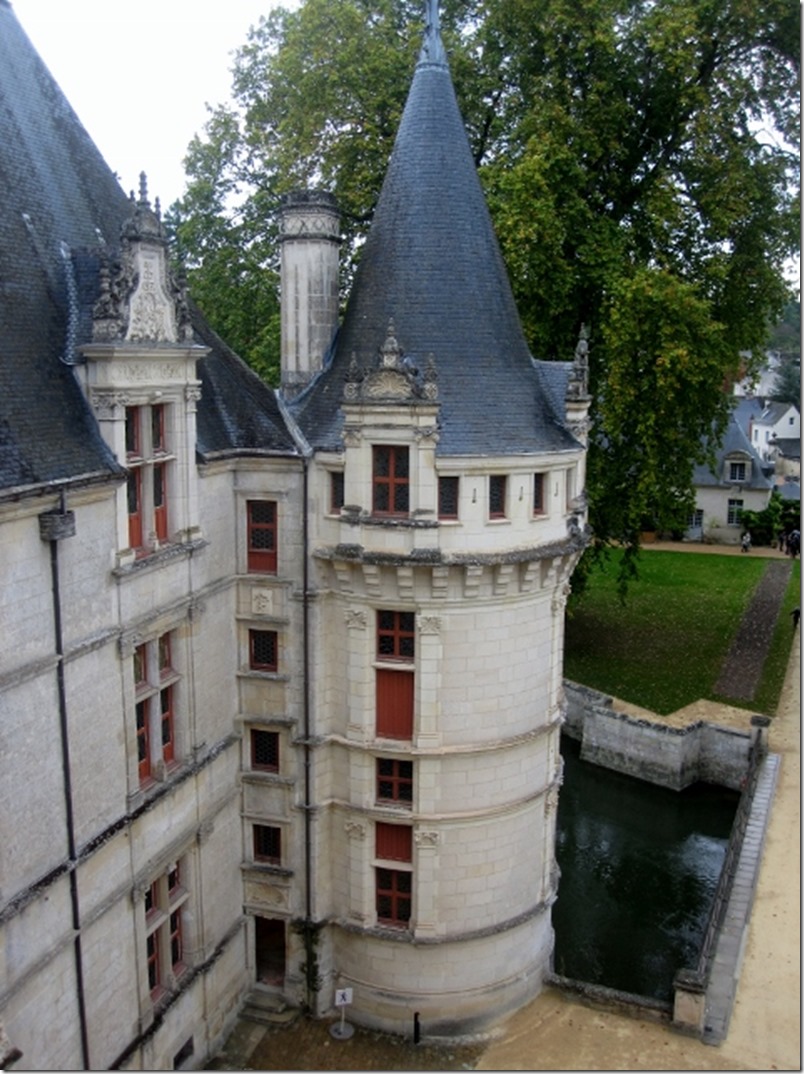
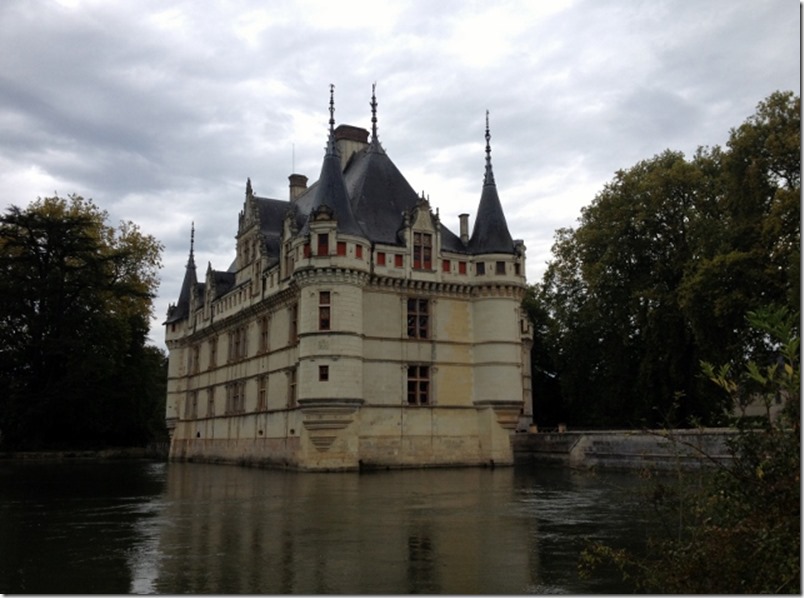
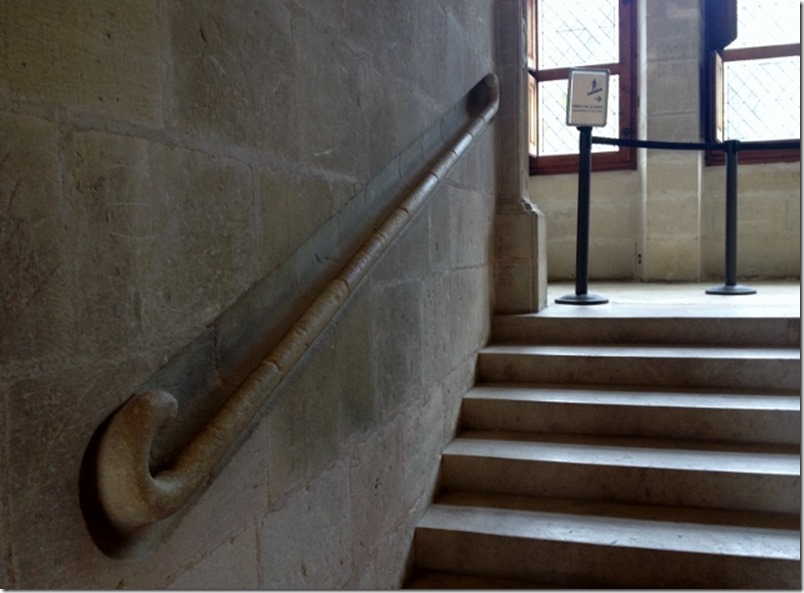
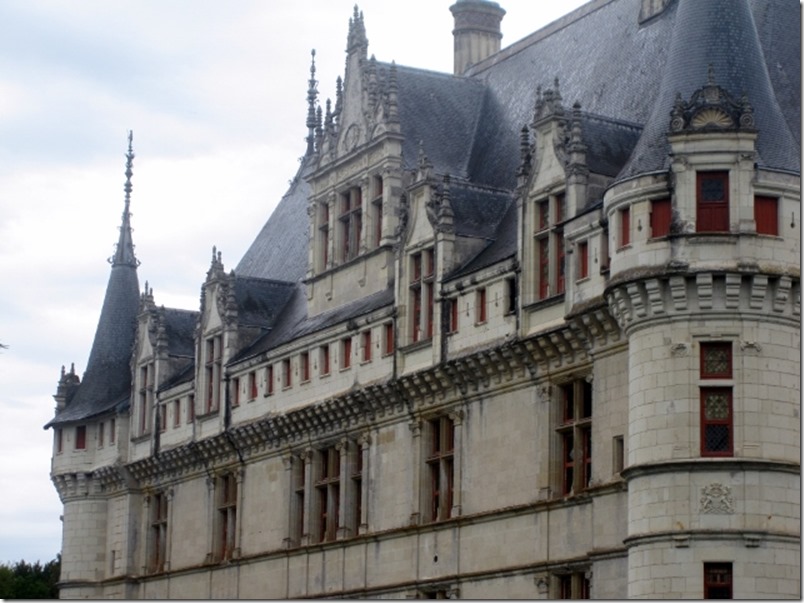
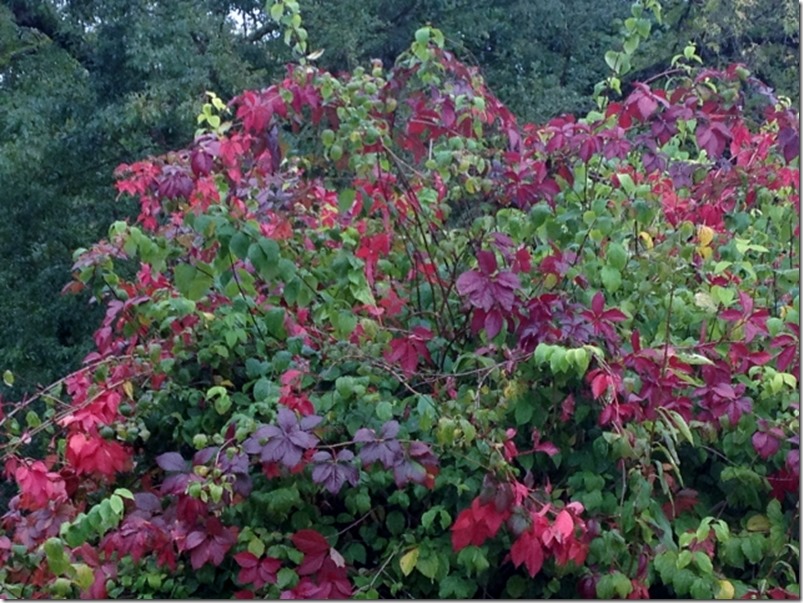
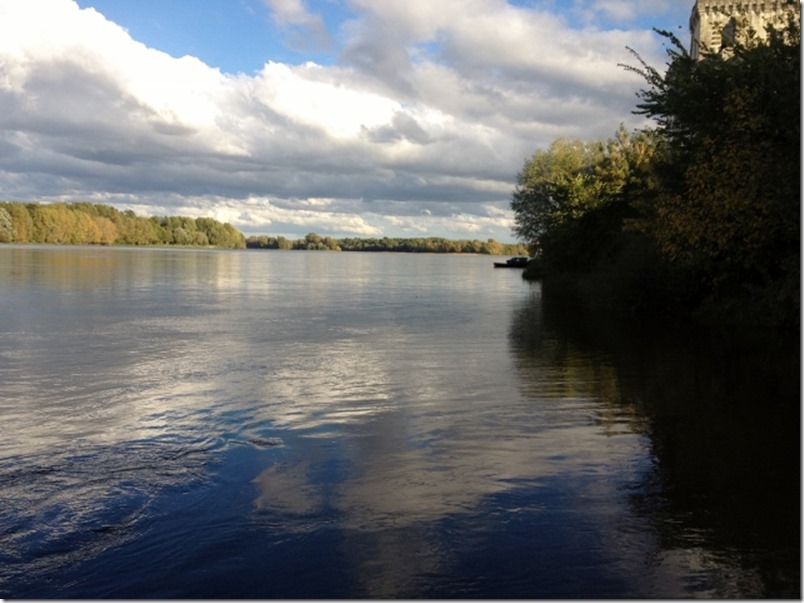


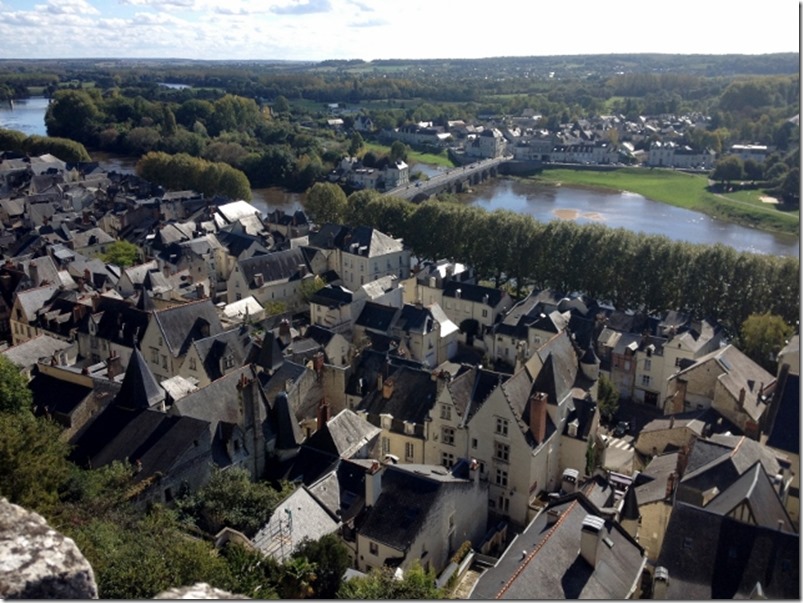
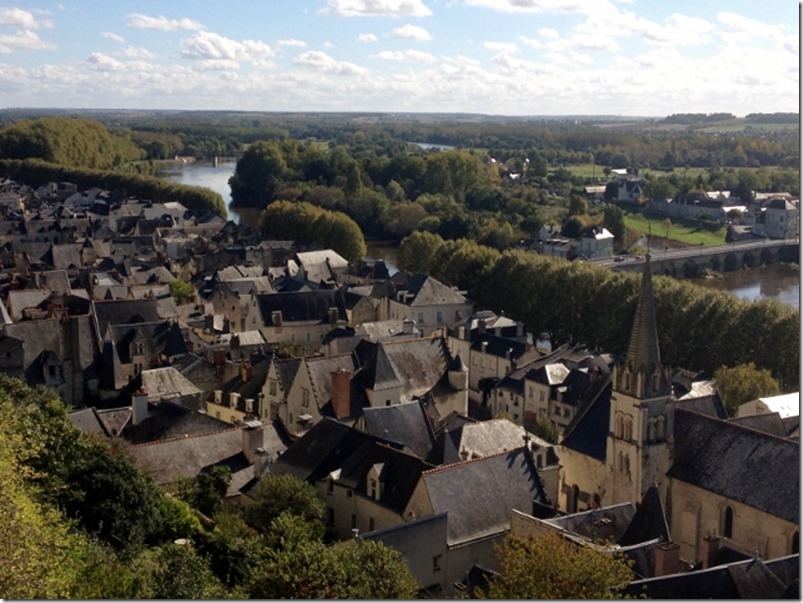
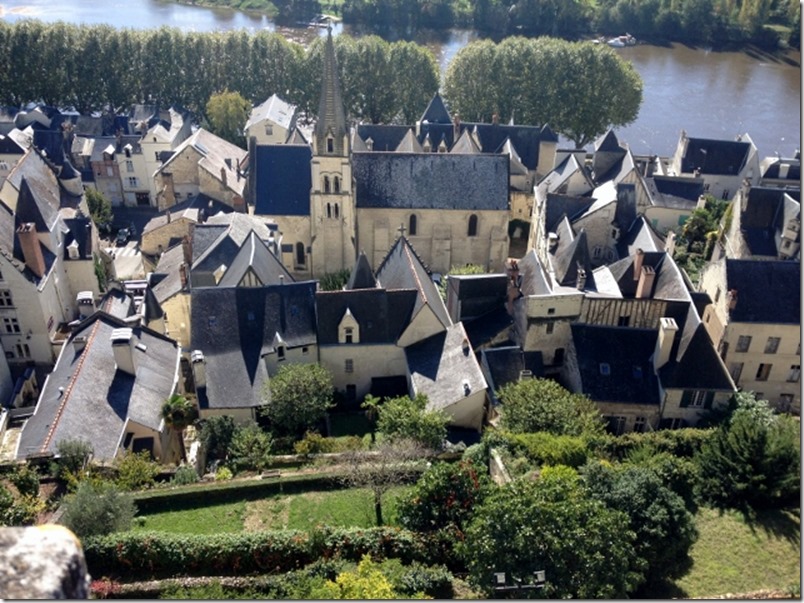
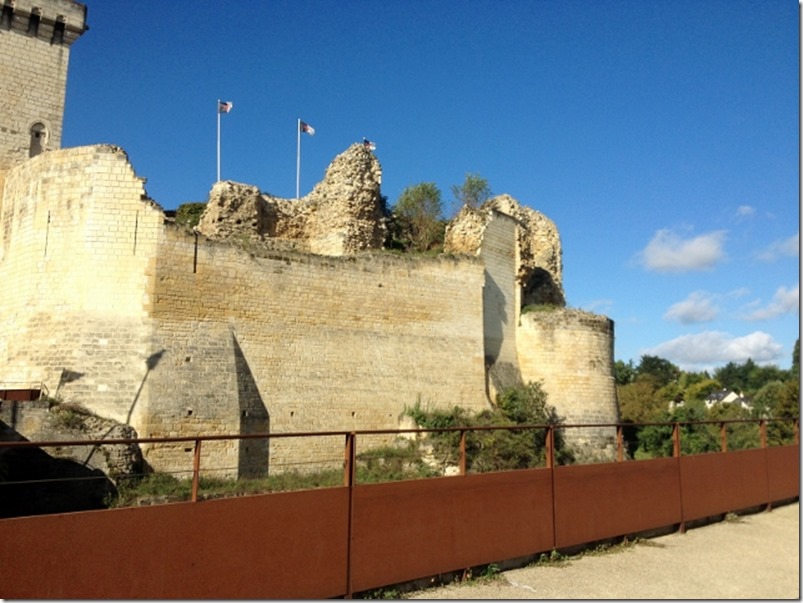
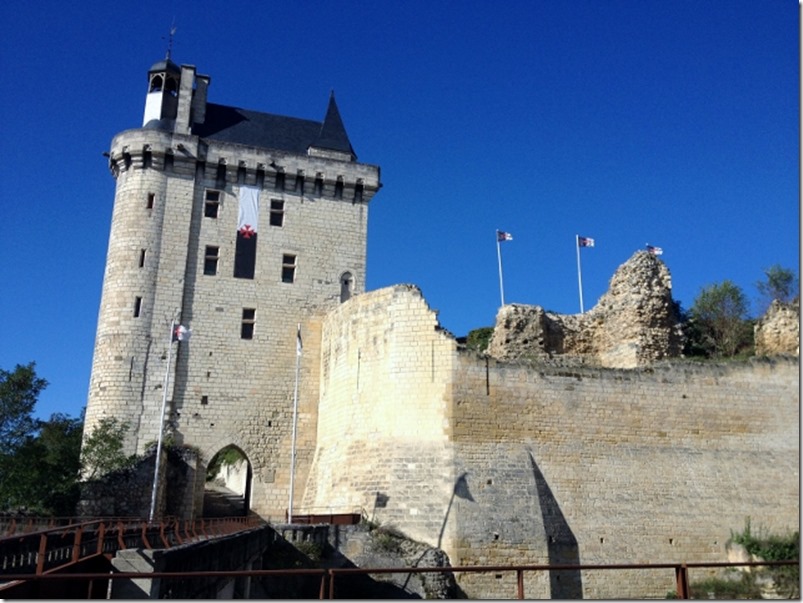
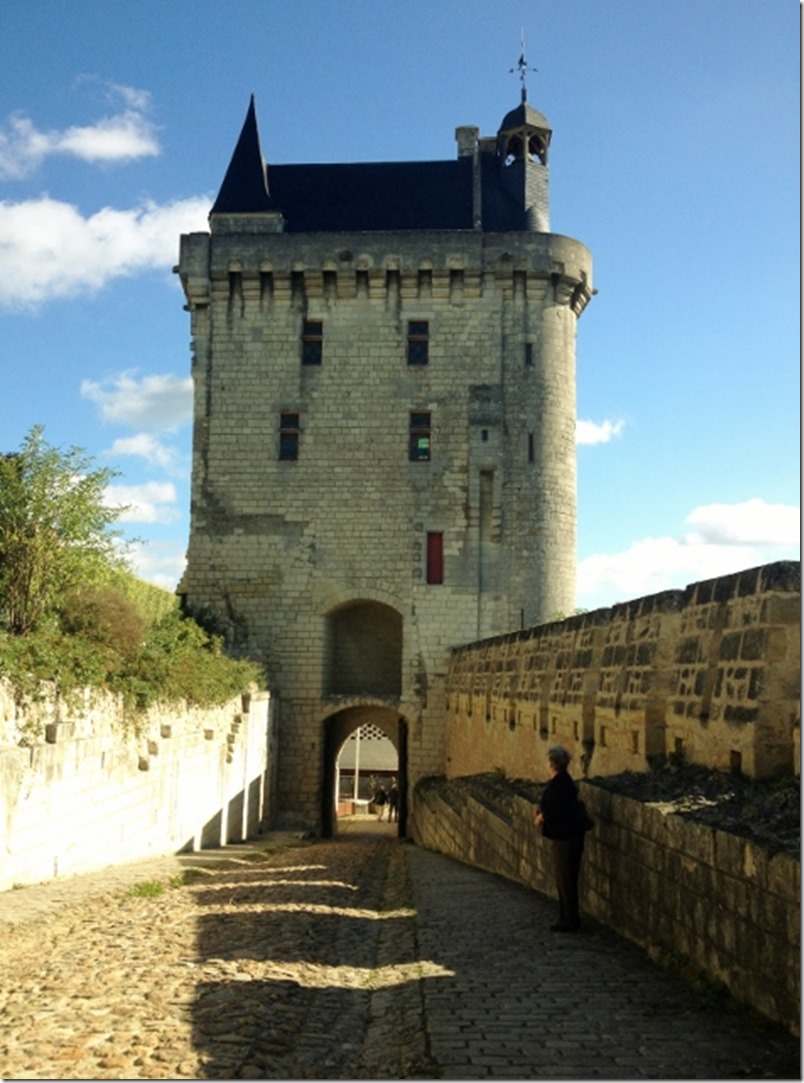
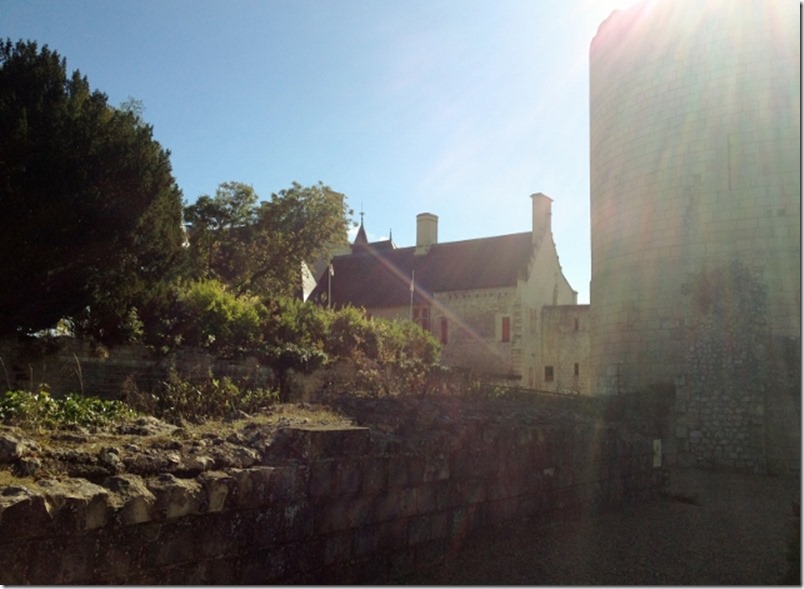
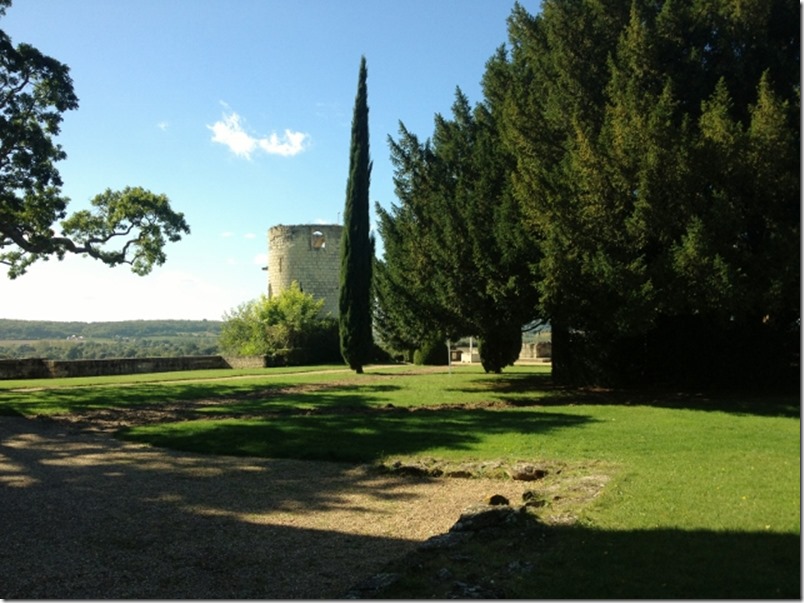
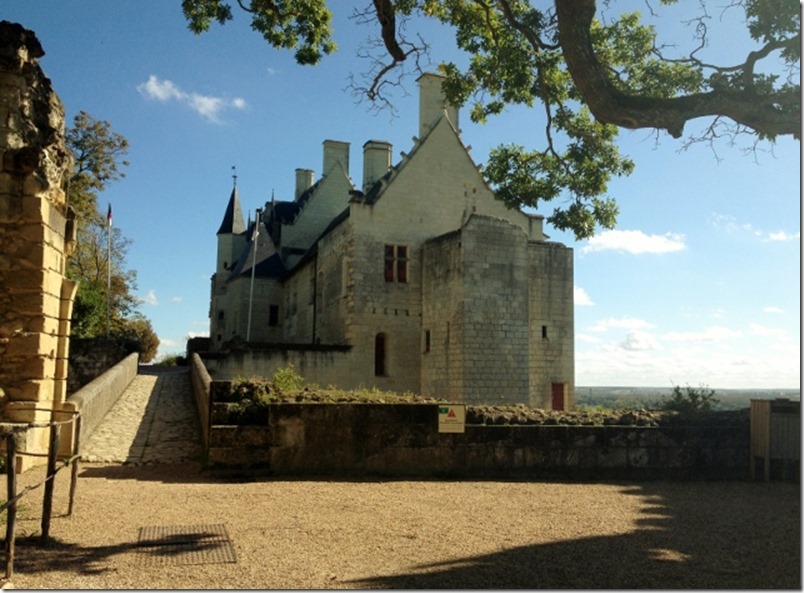
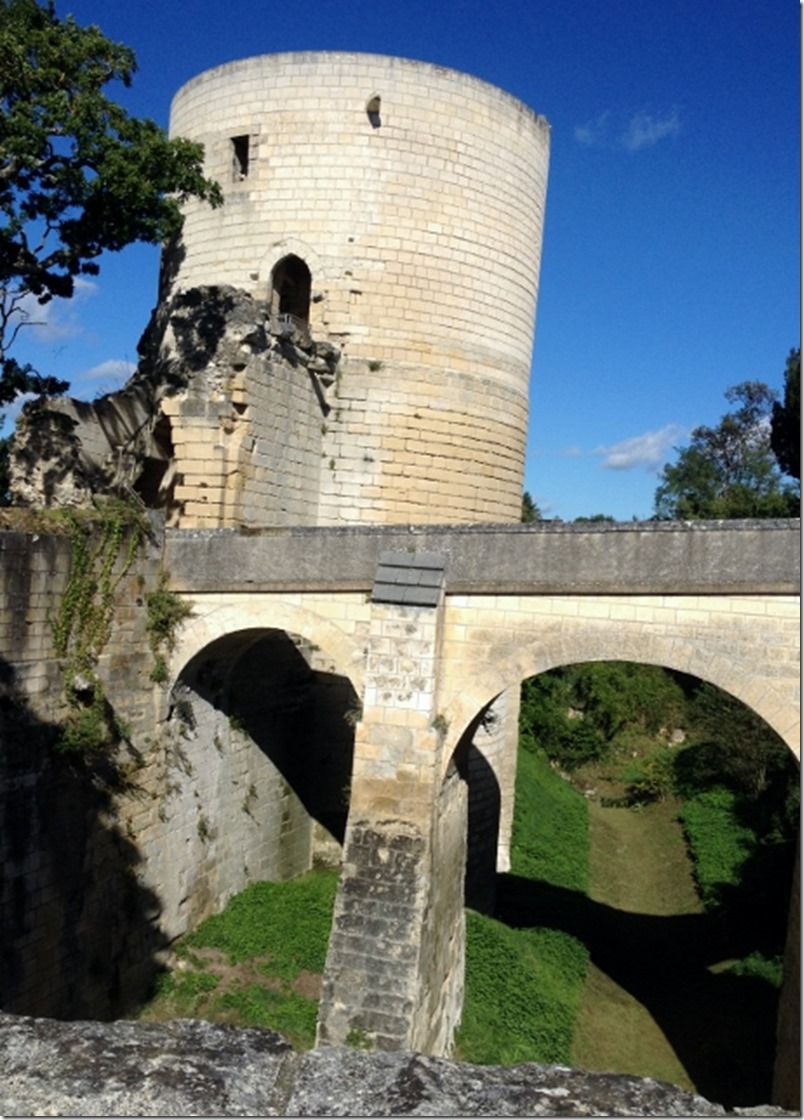

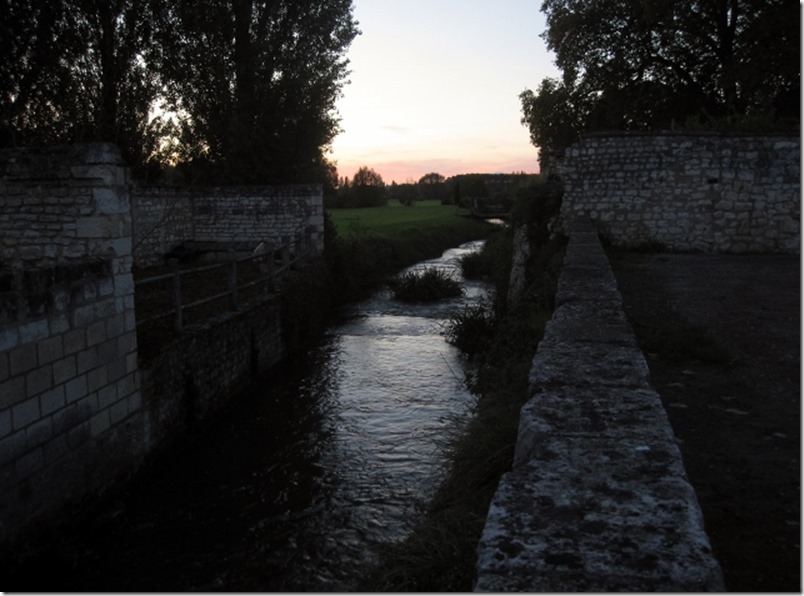
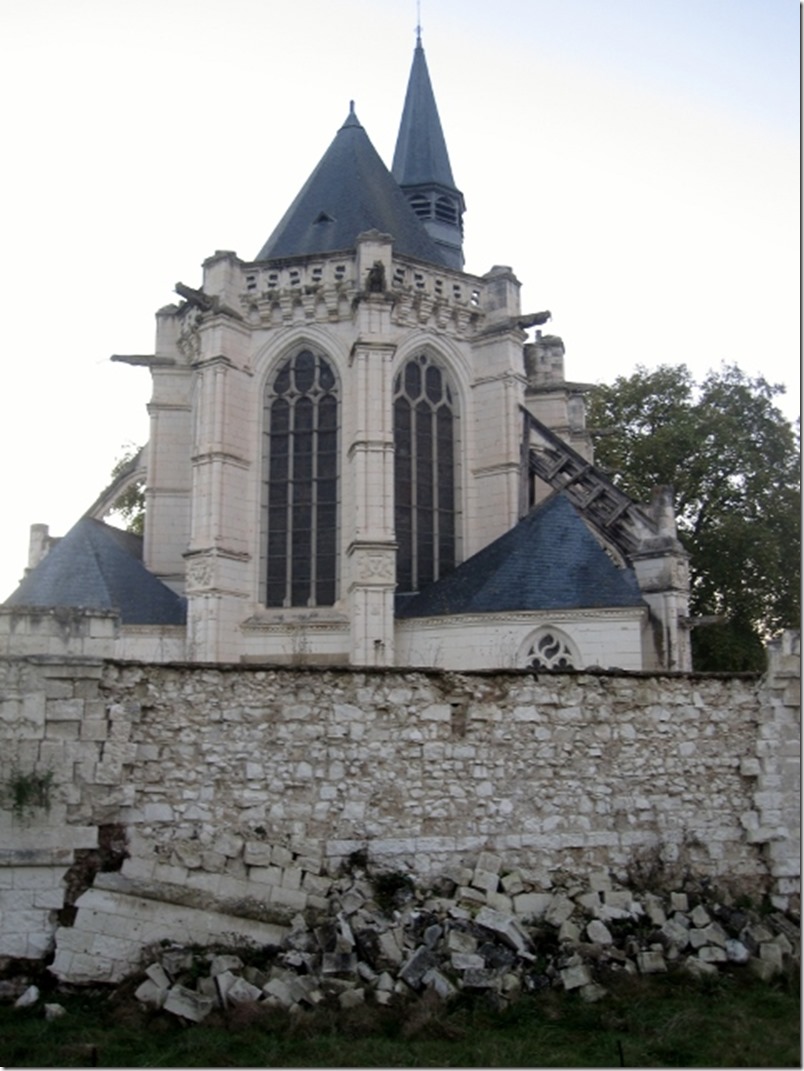

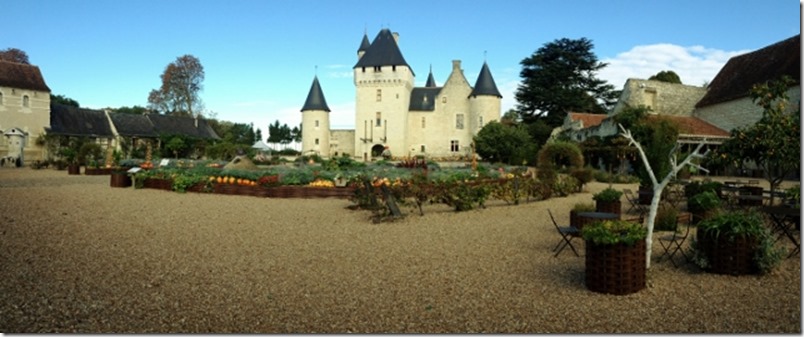
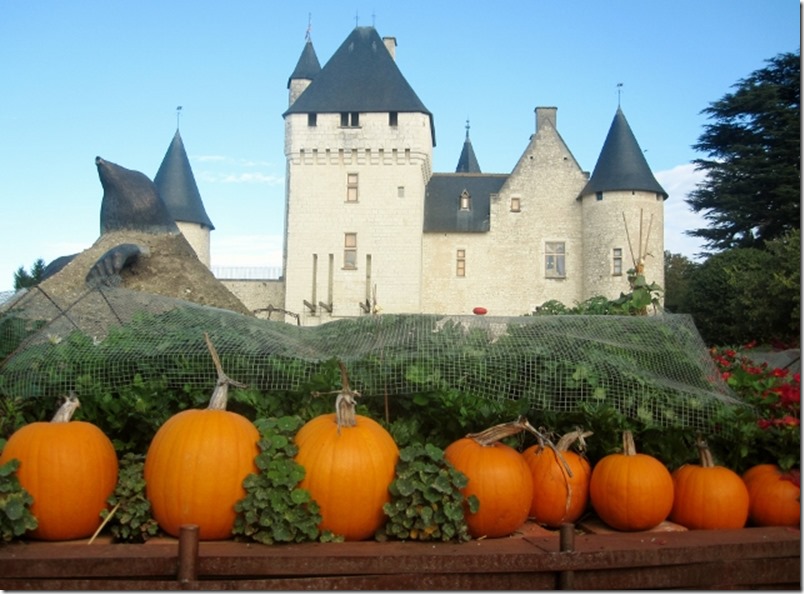

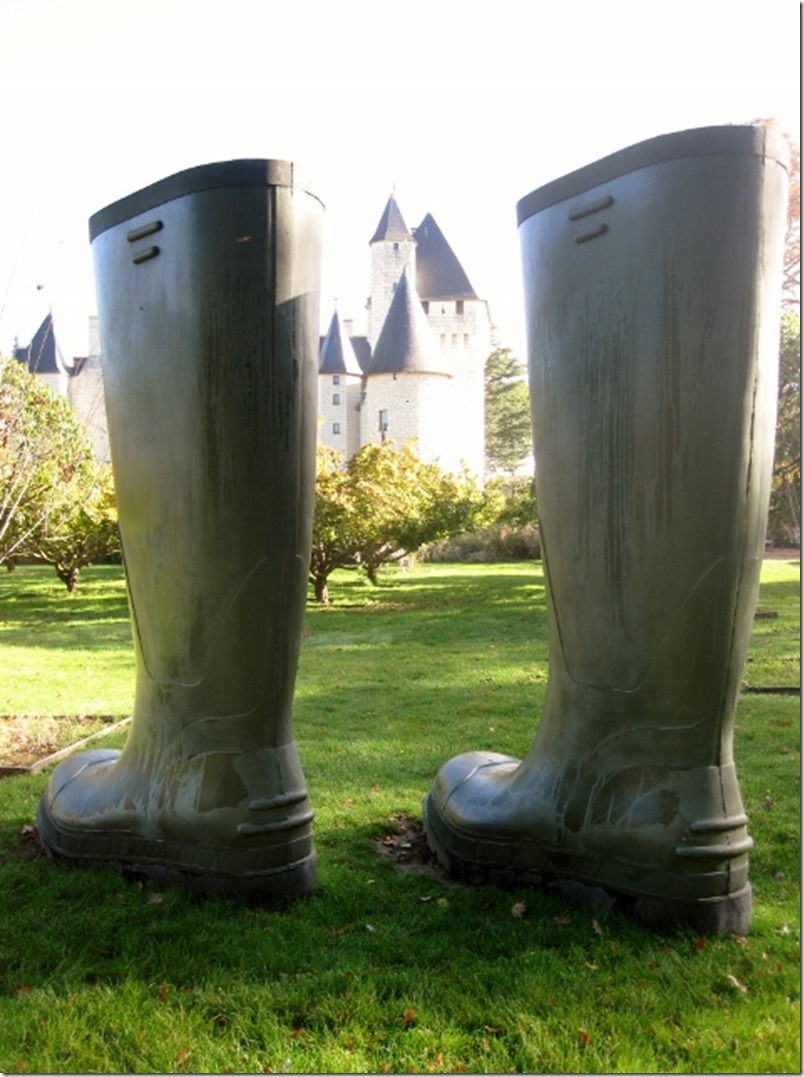
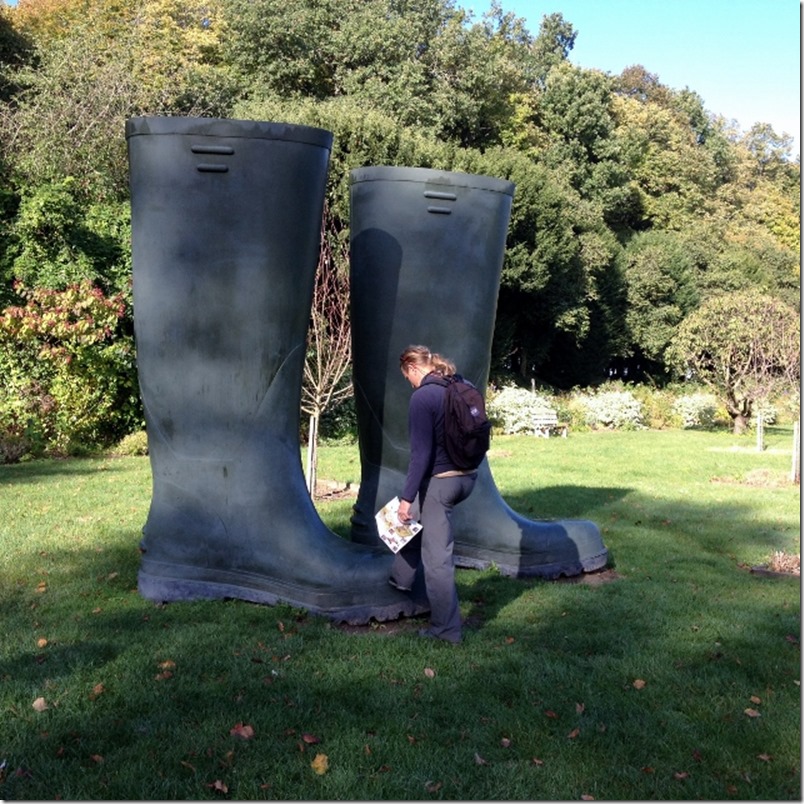
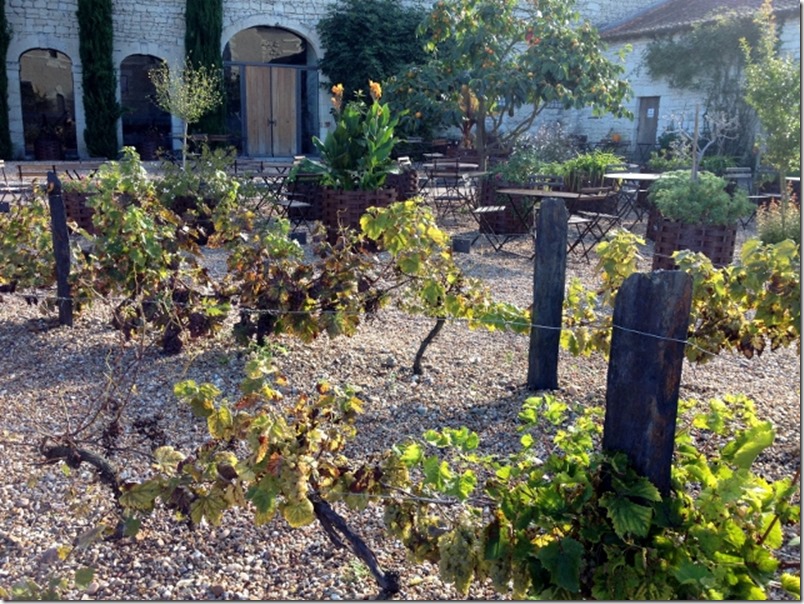
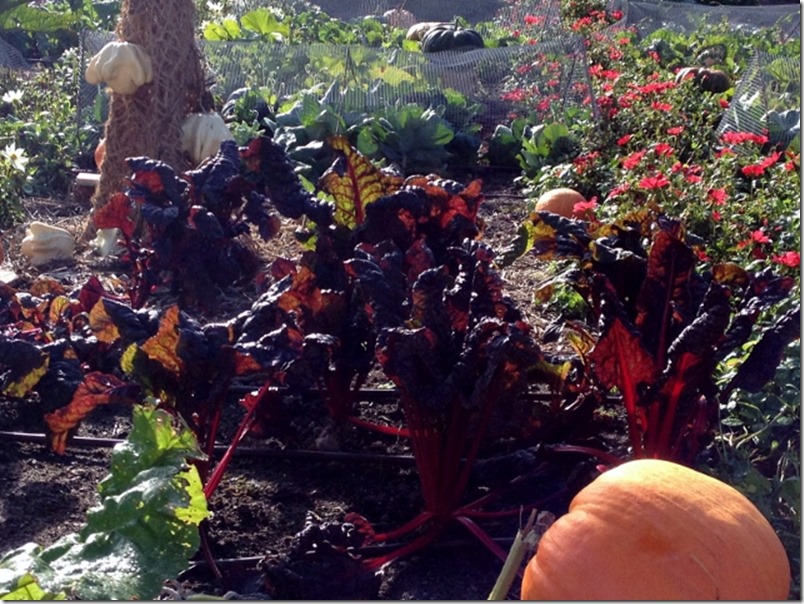
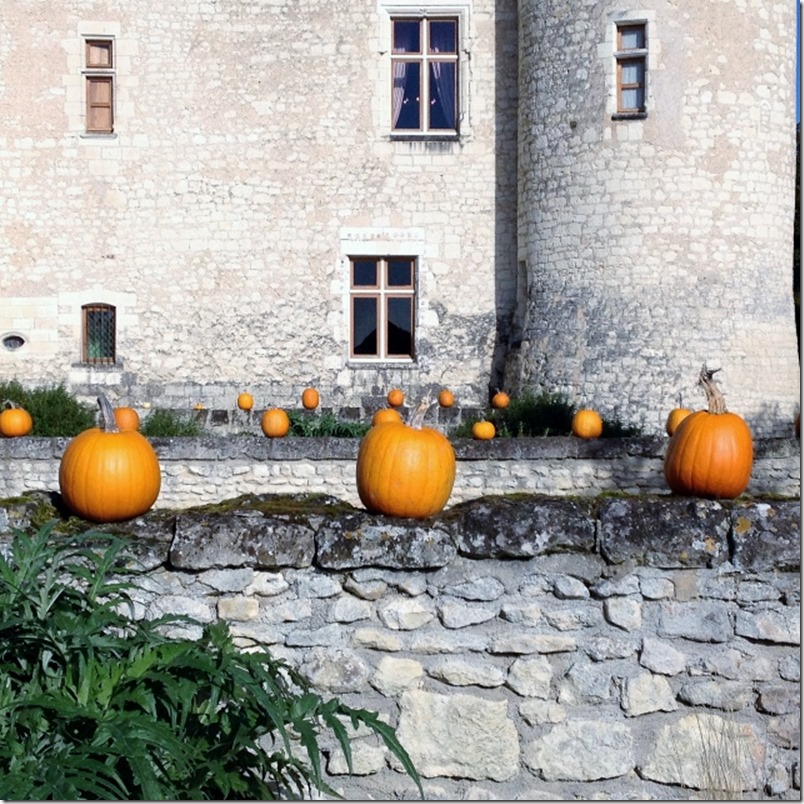
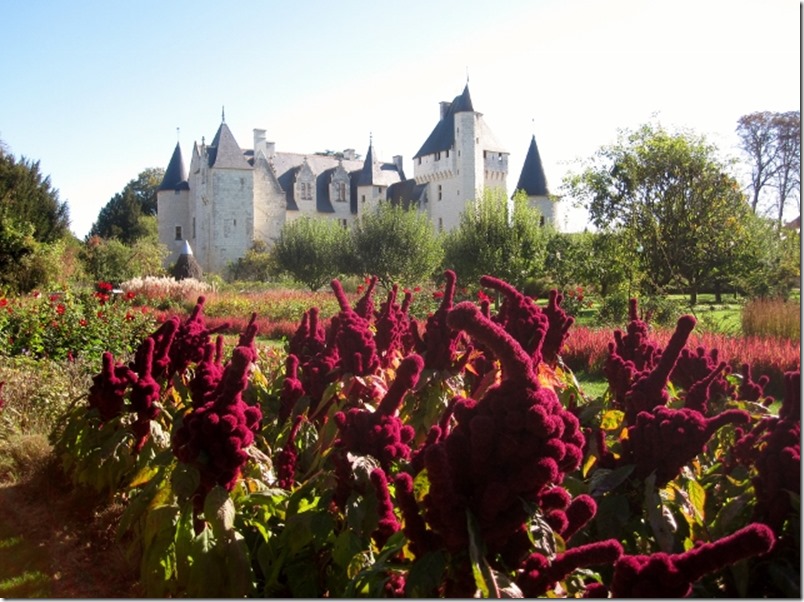
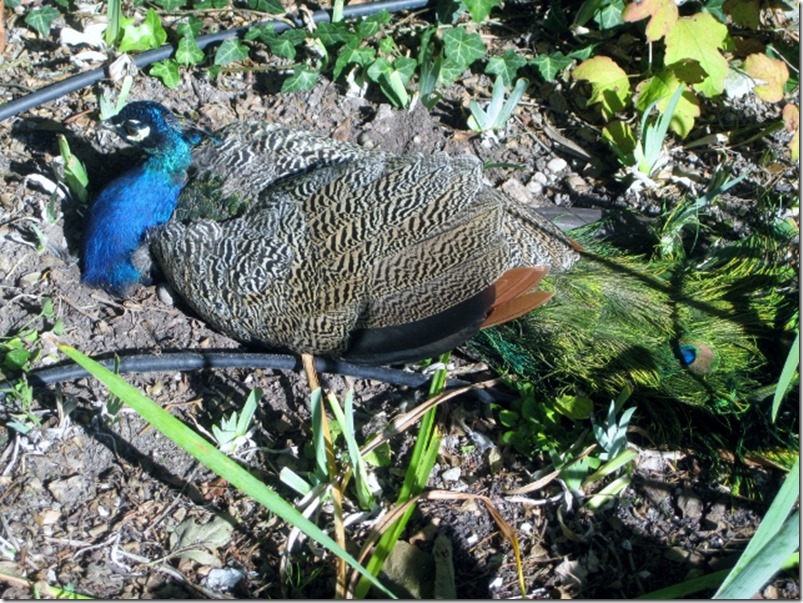
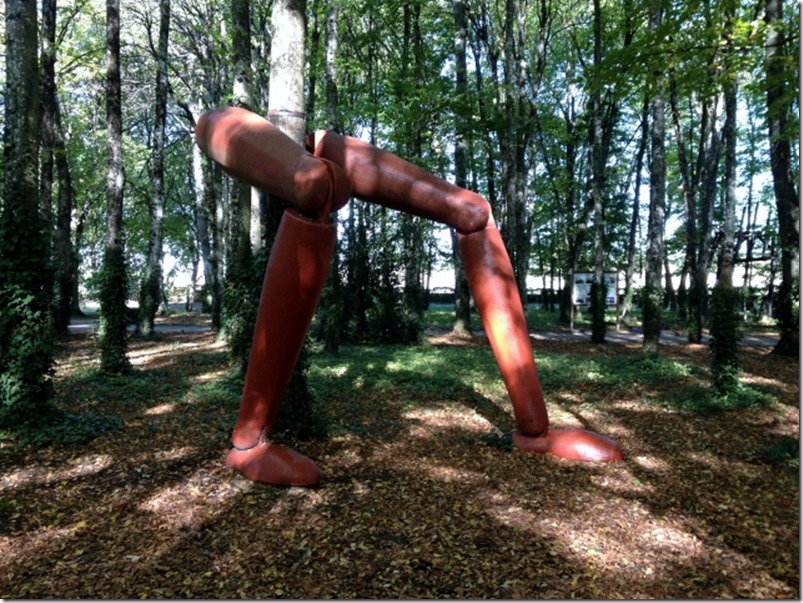
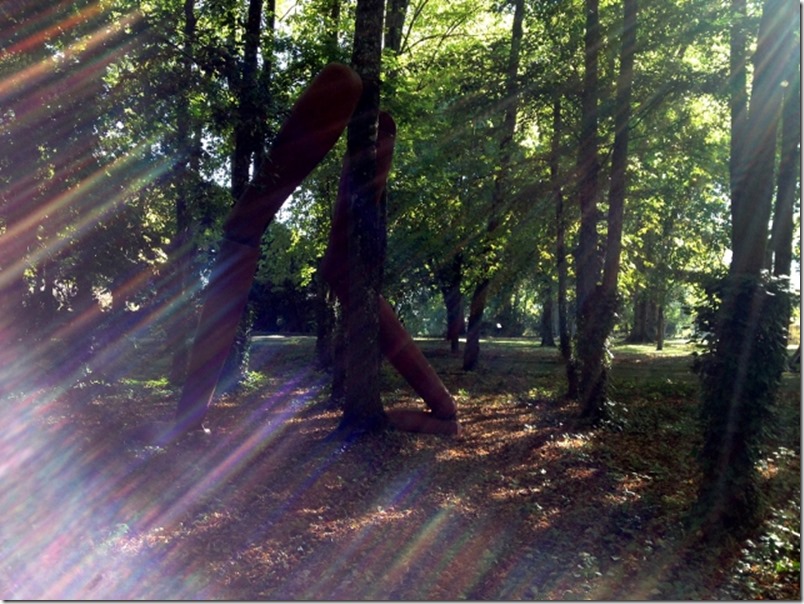
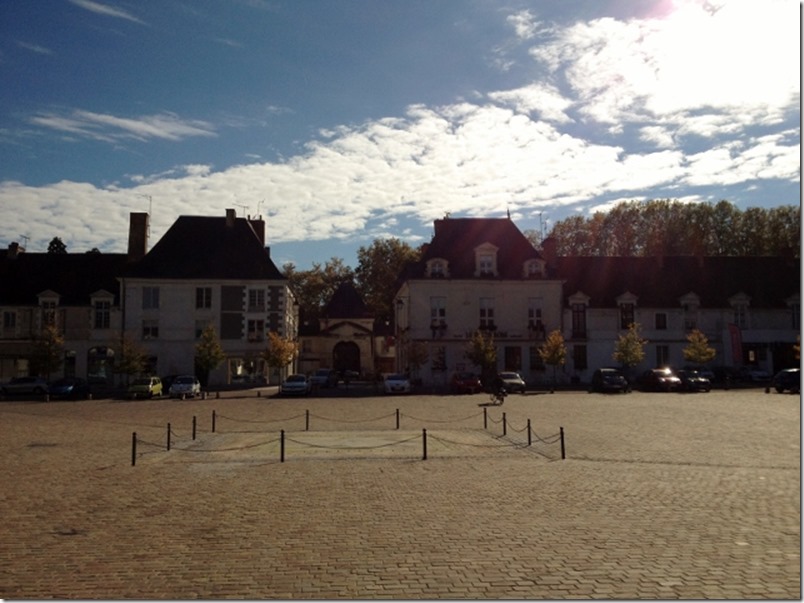
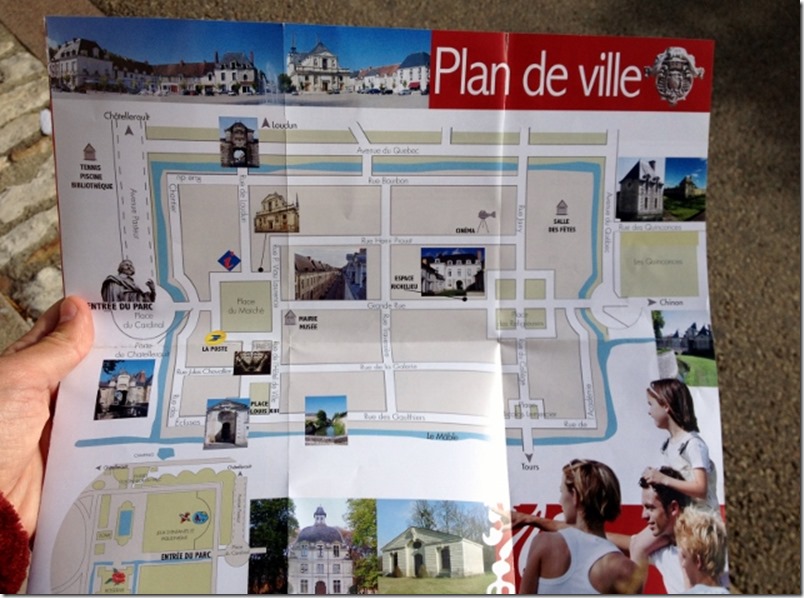
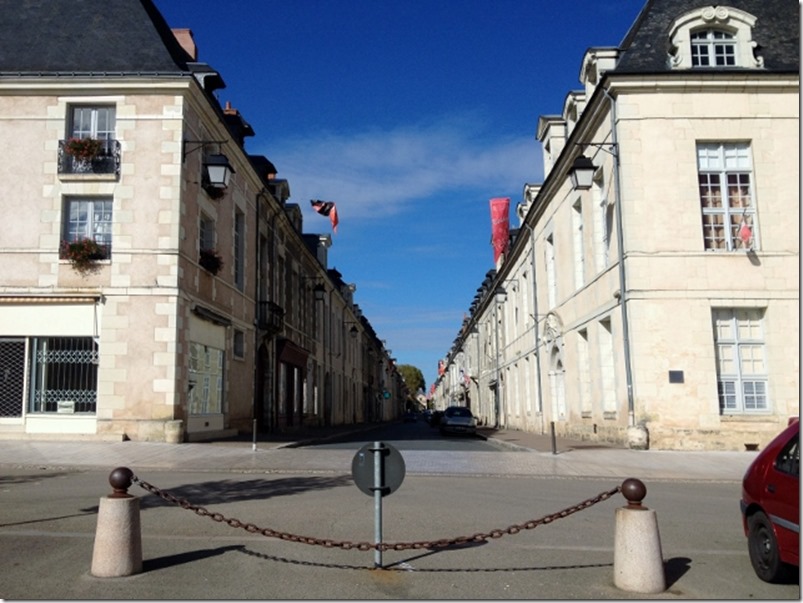
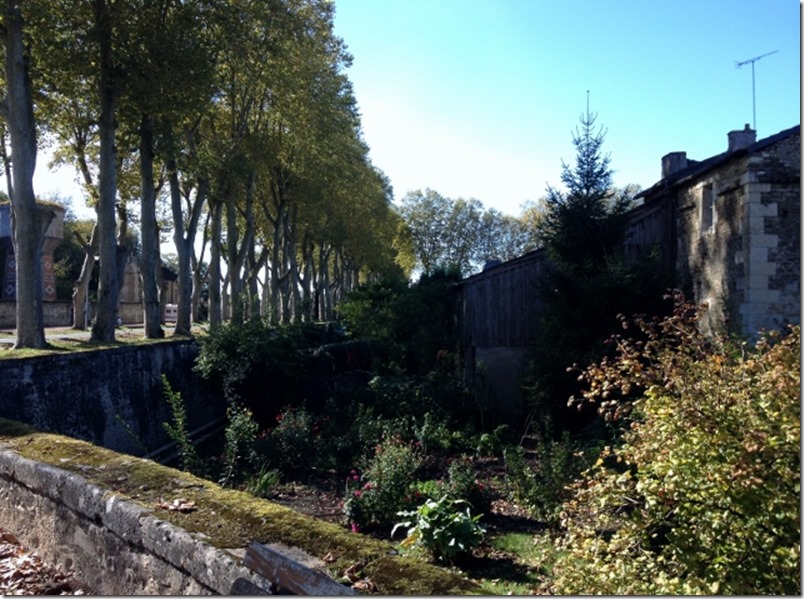
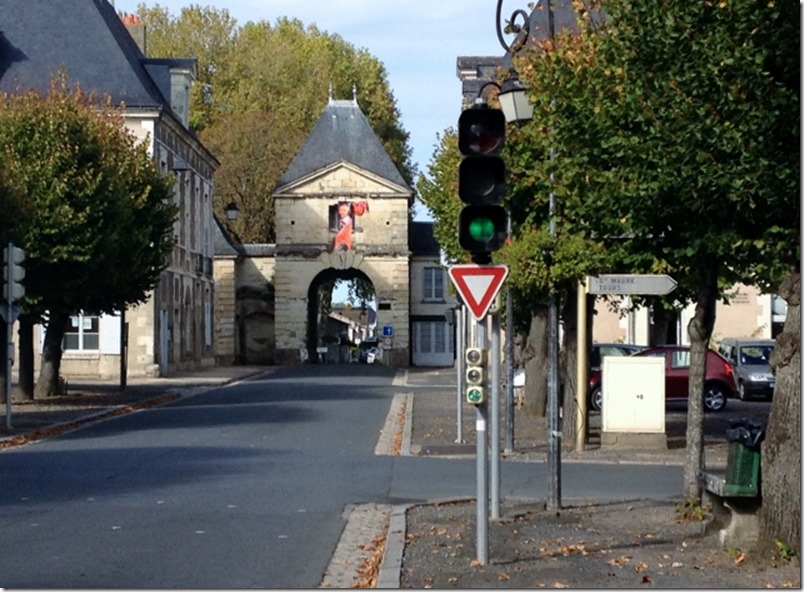
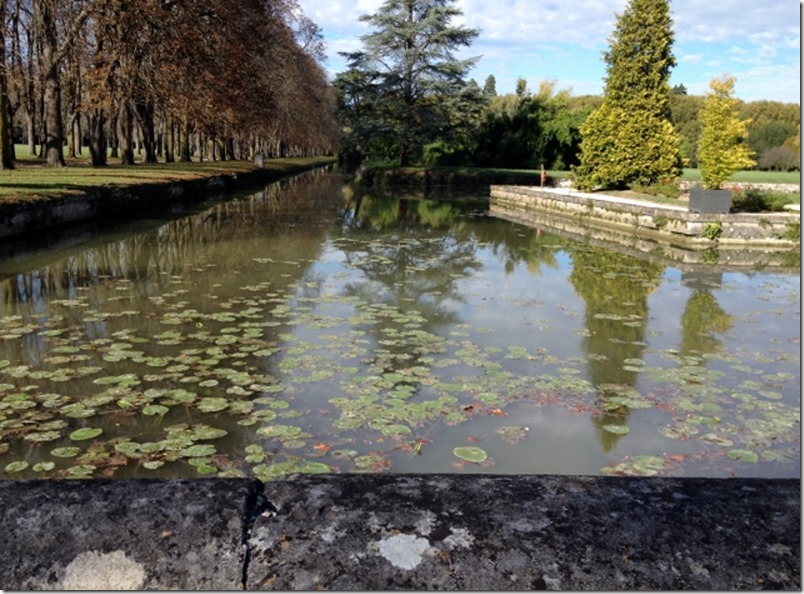
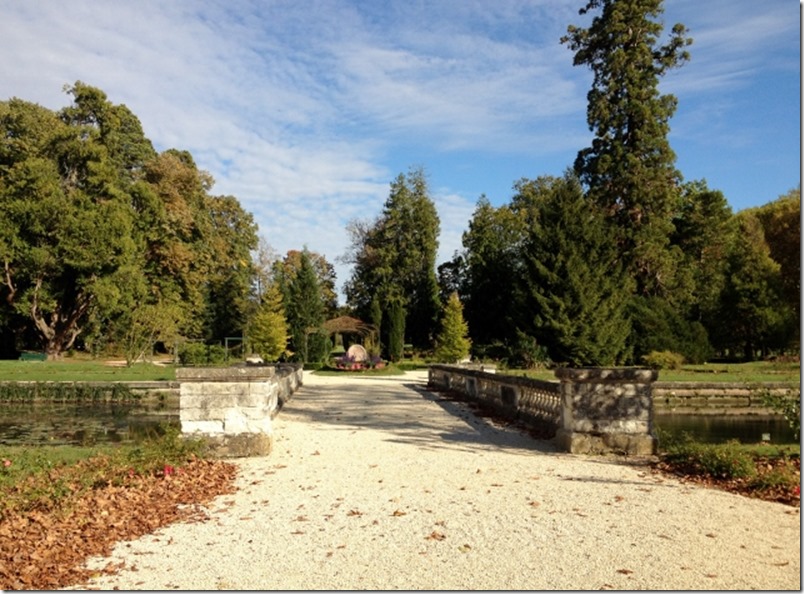
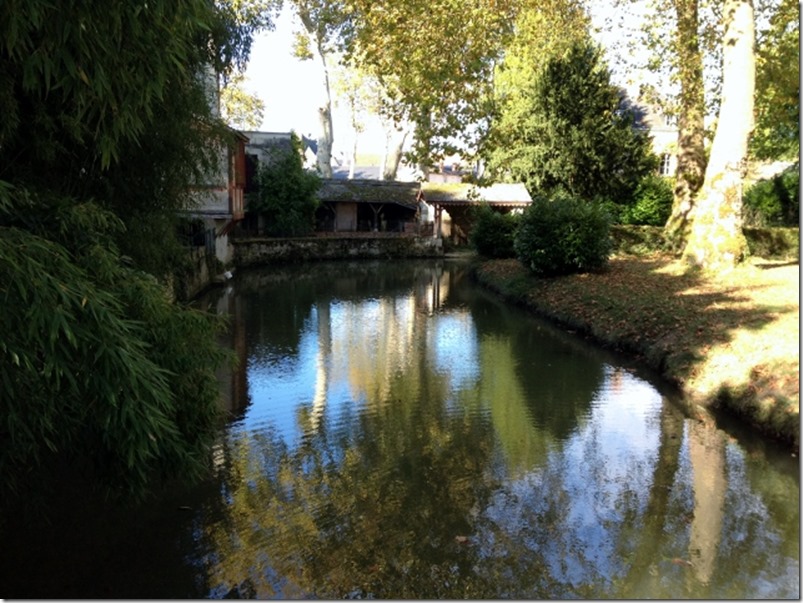
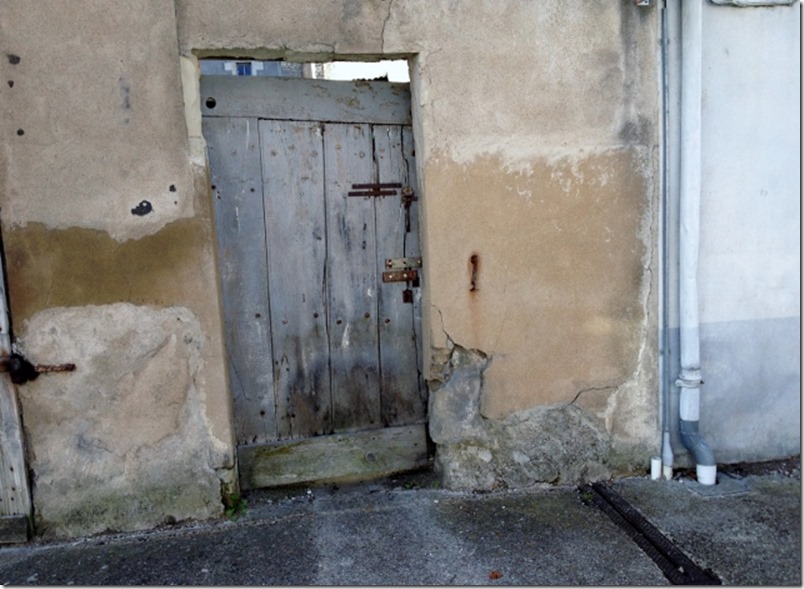
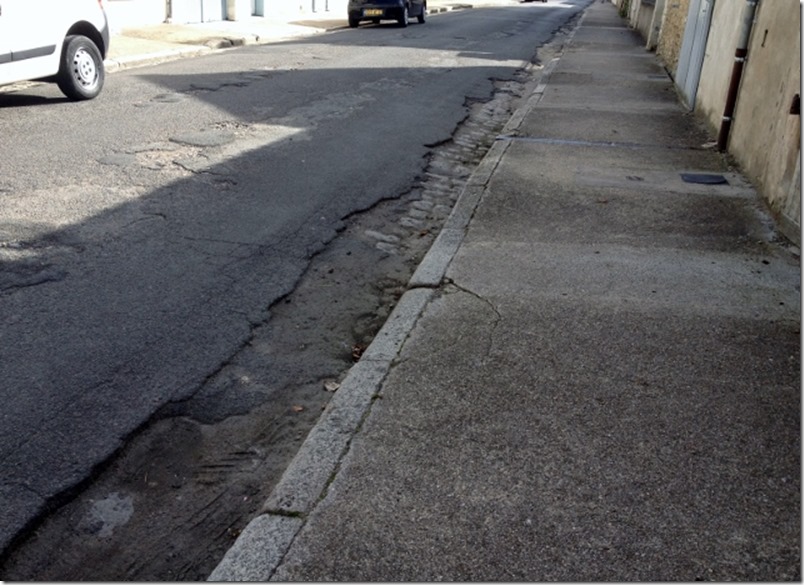
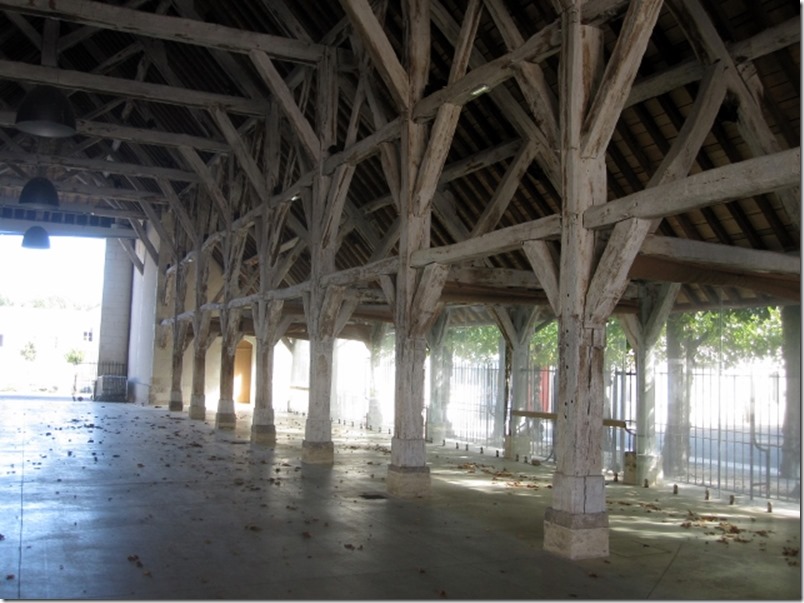
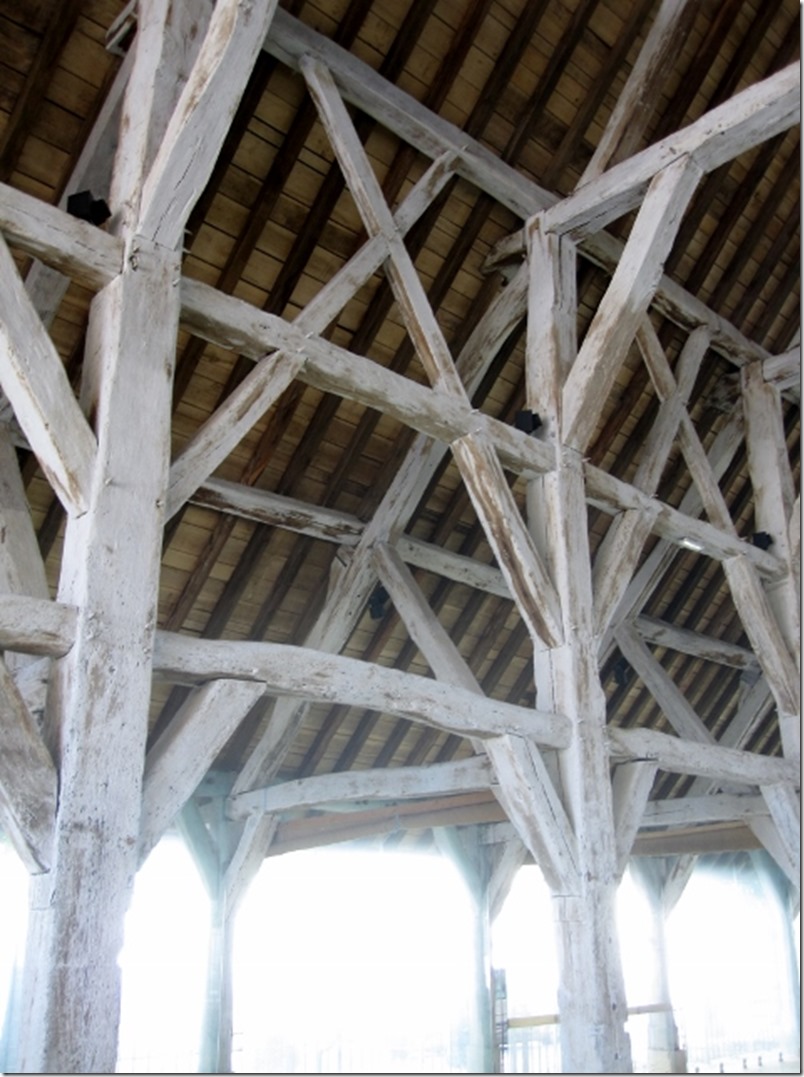
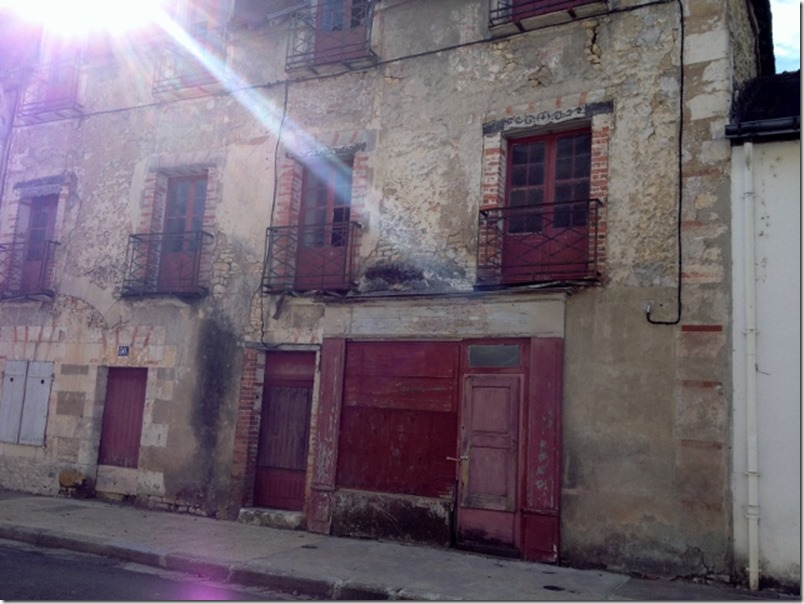






Very nice castles. Chateau Rivau is my favorite. That remember me a toy castle that Susu and I used toy play when we were children. 🙂
What happened with Susu? Did she fall into the river and happen her the same thing as a gremlin, maybe? 🙂
My favourite too. No evil susu here.
Pamplona today. Big walk yesterday, we both really ache.
Gary
Hola Brother. Si, ya me acuerdo, se llamaba el “exin” verdad? Que recuerdos aquellos!
You are right!! I couldn´t remember the name
Yes, we had such good times!!
Bonitos ,y encantadores pueblos,no se que destacar de ellos cada uno tiene su encanto los castillos, los jardines el paisaje ,La panorámica de Chinon puedo imaginar un cuento .
Gary ……. Pienso que en Richelieu no te faltaría trabajo, hay muchos edificios por reconstruir .
La verdad que es una maravilla lo que estáis viendo, una gran experiencia .
Ya te digo, aunque se aburriria en Richelieu